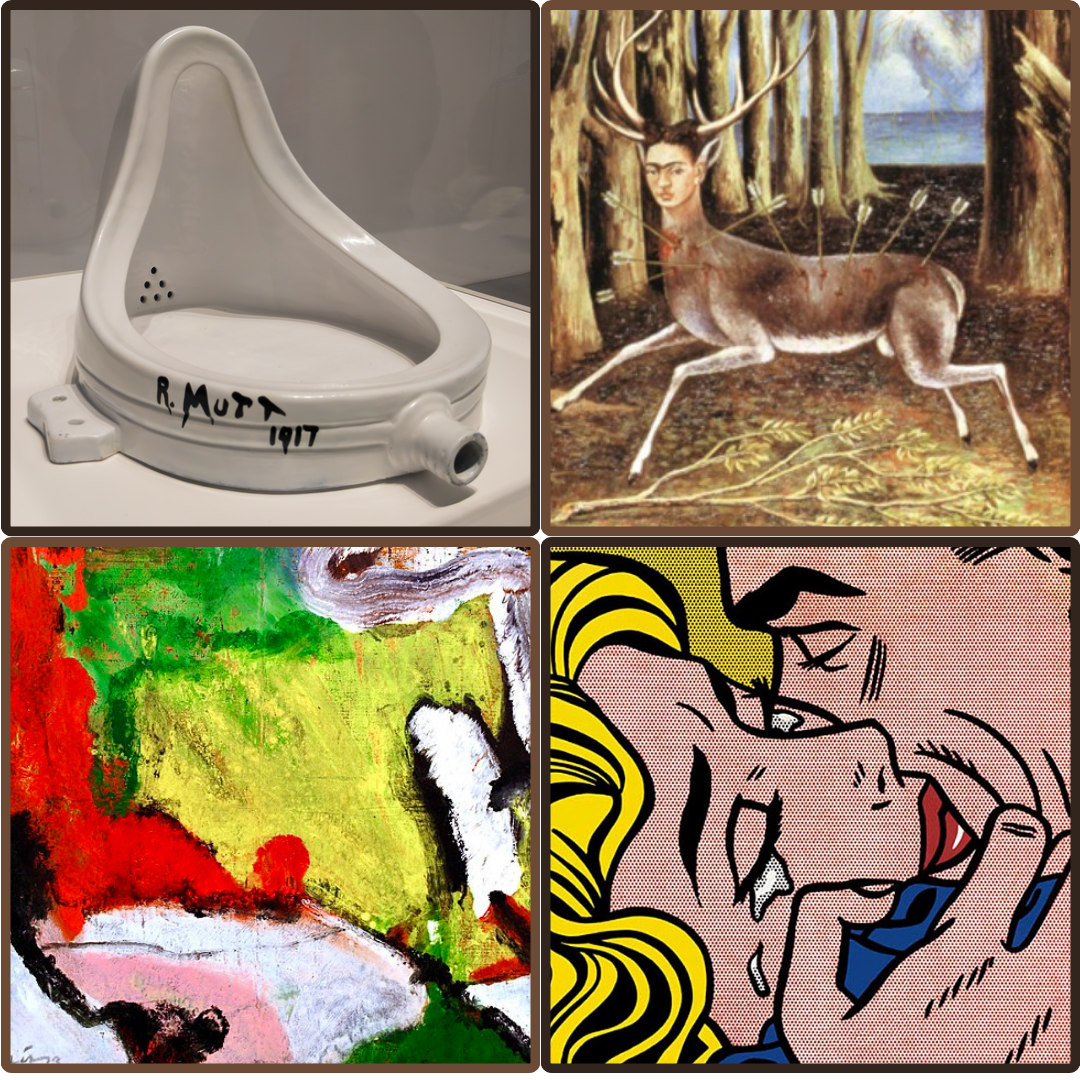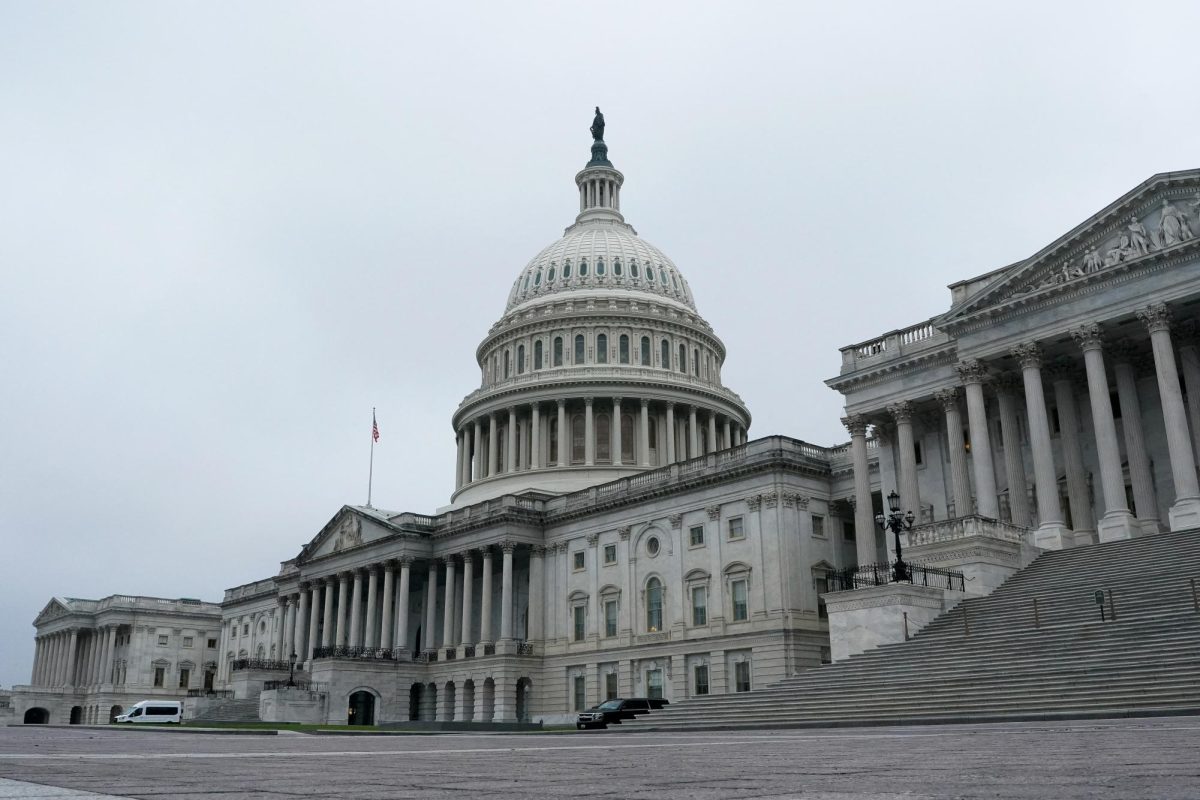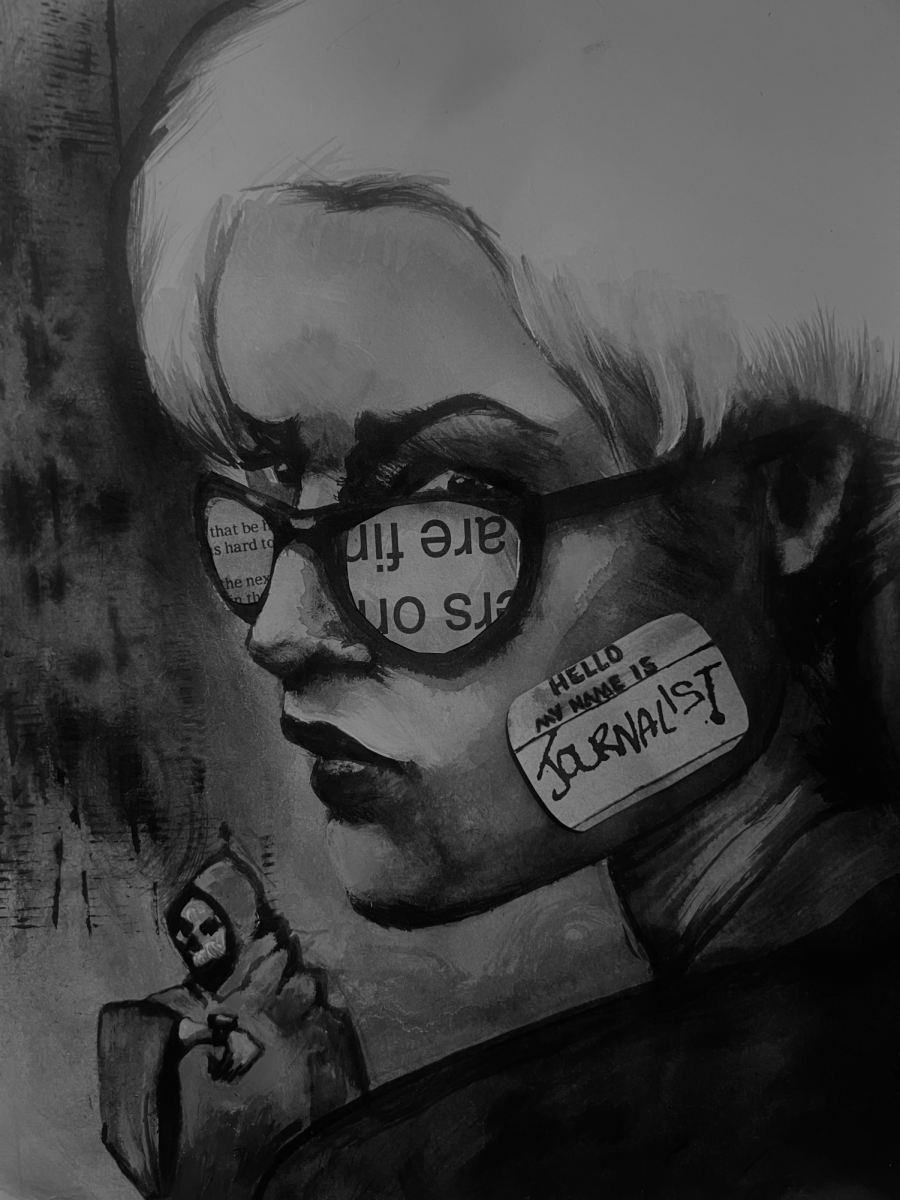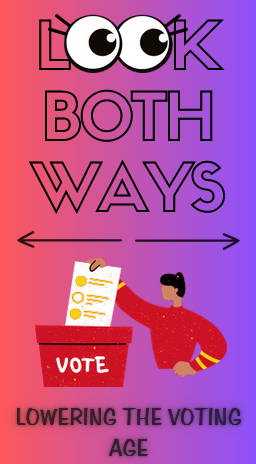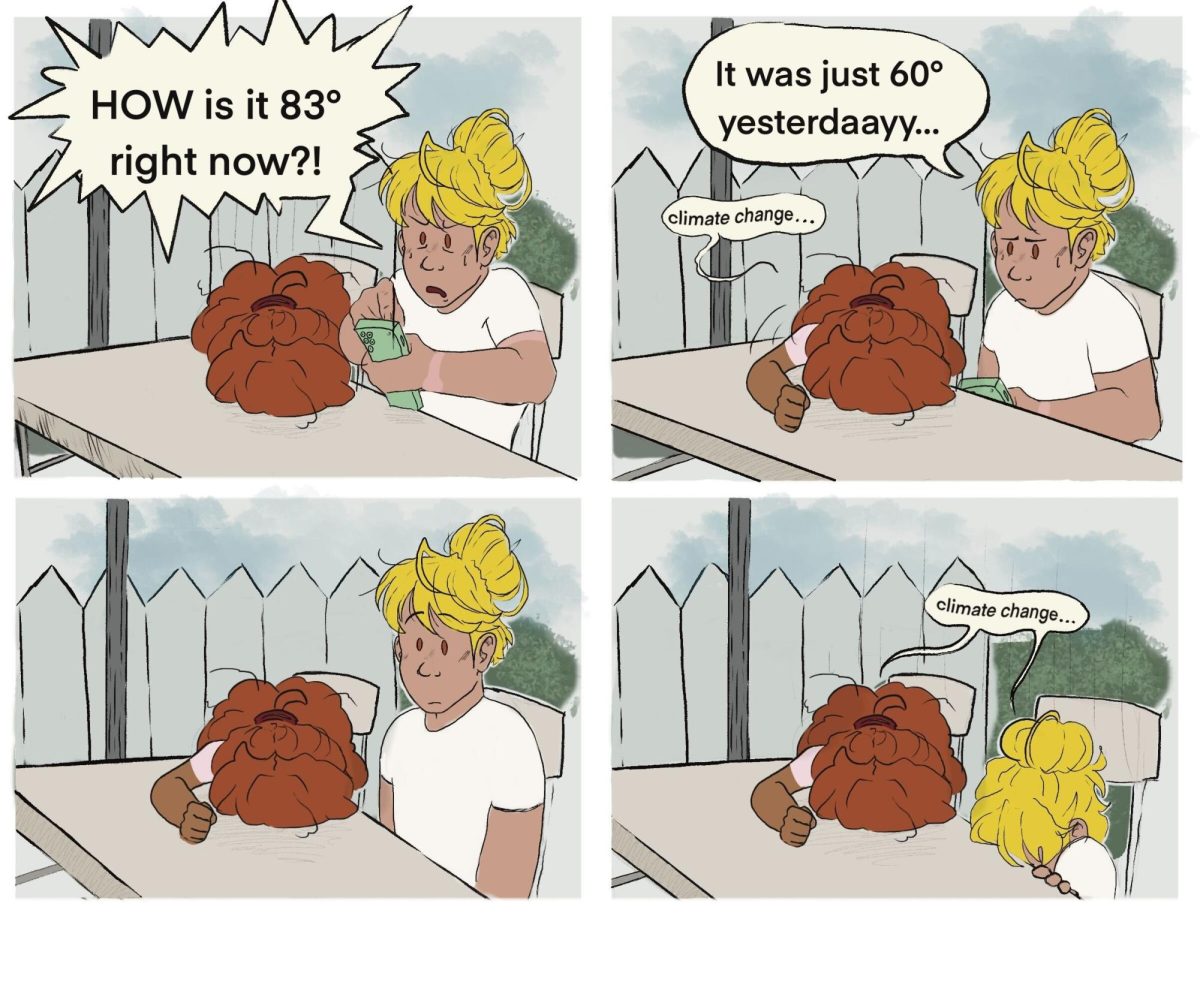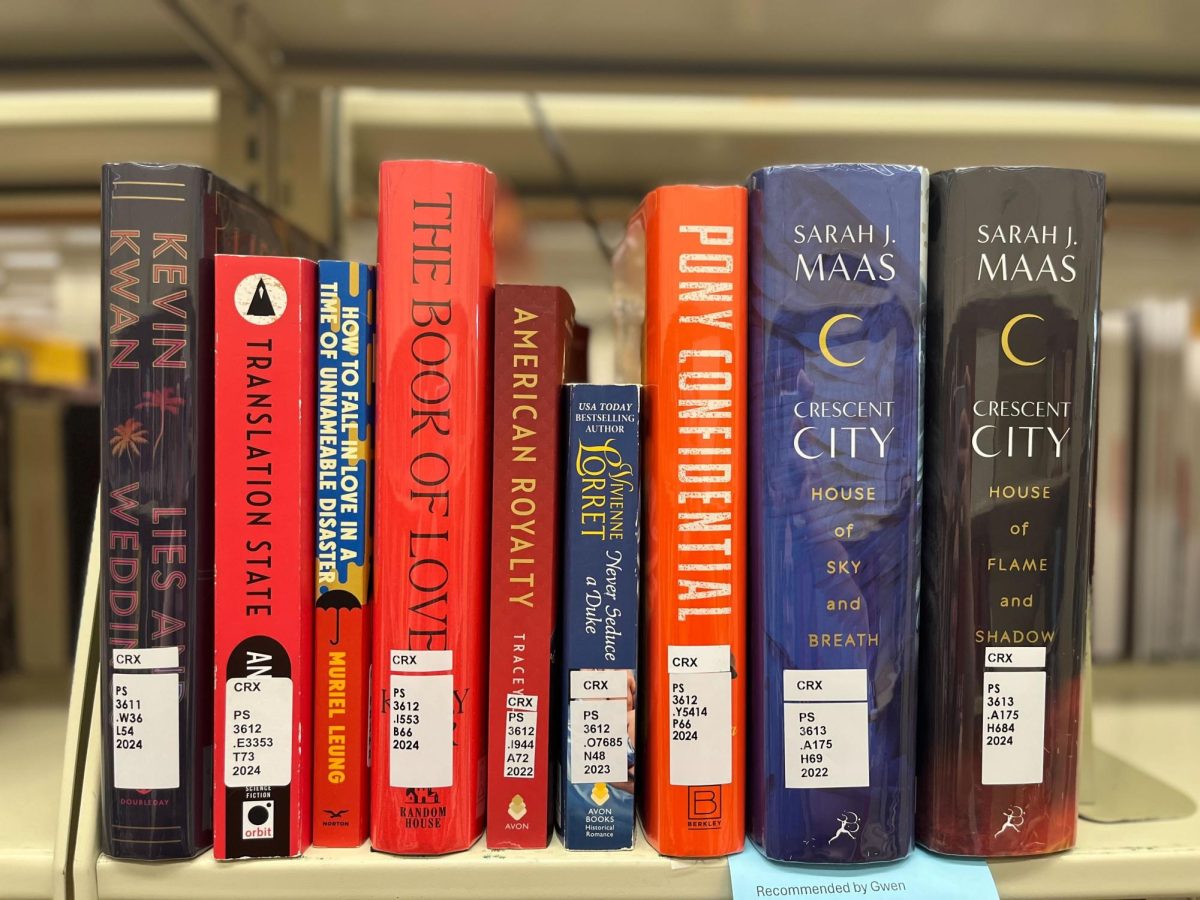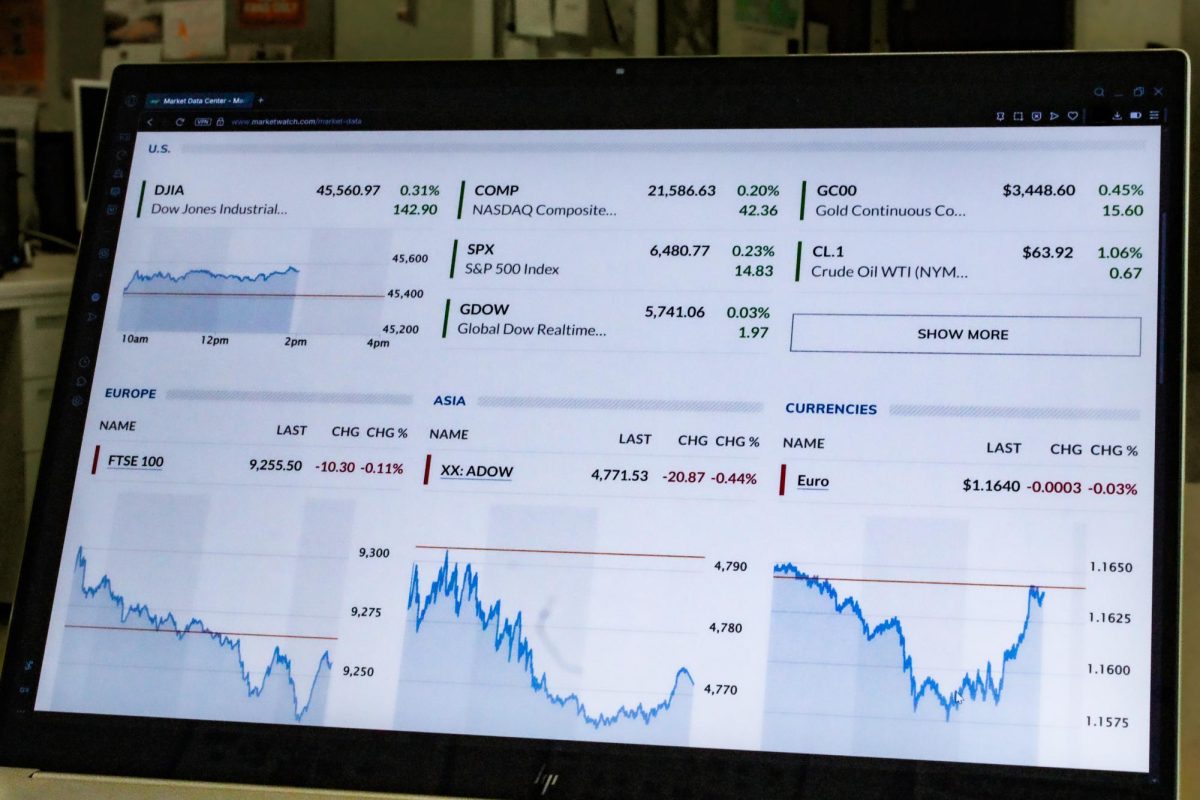Throughout history, art has acted as a profound bridge between pivotal historical events and the complexity of the human condition. Art encapsulates cultural, social, political and economic facets, often presented in innovative ways for the first time.
The shifts in artistic presentation and underlying motives are in perpetual motion, resulting in art movements with long-lasting legacies. These movements serve as mirrors, lessons and inspiring insights that can be applied to the modern world.
DADA
As a reaction to the senseless violence and destruction of World War I in 1915, a rejection of traditional artistic conventions and societal norms became the Dada movement.
The art style used a variety of mediums, including performance art, paintings and poetry, among others, according to The Art Story.
Commenting on the nationalism and materialism of the World War I era allowed the art movement to include satire and mockery. Dada was less about creating beautiful pieces but rather about exploring difficult questions about the world, the artist and the art, according to The Art Story.
Notable artists of this period were Hans Arp, Marcel Duchamp, Man Ray and Hannah Höch, according to The Art Story.
An iconic work from this movement is Marcel Duchamp’s 1917 sculpture, “Fountain,” which includes a porcelain urinal signed with his pseudonym “R.Mutt,” according to Khan Academy.
SURREALISM
Artists during the surrealist movement in the late 1910s and early ’20s aimed to capture a balance of the real world and unconscious parts of existence, like dreams. Finding beauty within absurdity and chaos was another goal of this movement, according to Tate.
Heavily influenced by Karl Marx and psychoanalytic theory, surrealism was constructed through various mediums, including music, theatre and film. Imagery that fits surrealism can be considered weird and uncanny, according to Artchive.
Artists such as Salvador Dali, Frida Kahlo, Joan Miró, Remedios Varo and René Magritte were significant artists of this movement who pushed the boundaries of depicting consciousness and life’s absurdity.
Kahlos’s self-portraits exemplified the surrealist movement through her manipulation of the story being told in her paintings. Her 1946 “Wounded Dear” painting showcases a wounded deer with Kahlo’s face as the head, combining multiple realities into one for a specific narrative.
Magritte’s 1964 painting, “The Son of Man”, depicts a man in a suit with a bowler hat and a large green apple covering his face, highlighting the human interest to want to see what we can not see, according to Rise Art.
ABSTRACT EXPRESSIONISM
Mostly based in New York City in the ‘40s and ‘50s, abstract expressionism was inspired by the emotion and unconscious drive in surrealist art combined with creating art in the moment, referred to as automatism, according to Tate.
Art was sporadic and vulnerable in terms of brush strokes and compositions. While abstract expressionism was broad, painting that entailed creating impulsively on a canvas was referred to as action painting. Jackson Pollock and Willem de Kooning were famous for their aggressive action painting style, according to Art Story.
Color field painters focused the movement on developing pieces made up of large amounts of solid color that take up the whole canvas, inviting viewers to be absorbed by the presence of the canvas. Artists such as Mark Rothko, Barnett Newman and Clyfford Still, were notable color field abstract expressionist artists, often inspired by religion and myths, according to Tate.
Pollock’s 1952 “Convergence” is a painting consisting of various brush strokes and splatters of color, noted as a masterpiece, according to Ideel Art.
POP ART
Pop art was born in the United Kingdom in the 1950s after World War II when artists began appreciating everyday objects and creating fine art out of them, according to The Art Story.
Pop art aimed to blur the boundaries between “high” and “low” art through sculpture and paintings of mass culture and media stars like Marilyn Monroe, according to The Art Story.
Subjects often depicted capitalistic symbols, such as Andy Warhol’s 1962 Campbell Soup Cans series, according to Museum of Modern Art. Roy Lichtenstein’s repurposing of the comic aesthetic also drew massive attention.
Other notable artists such as Keith Haring were pioneers in the development and influence of pop art – utilizing bold, simple, everyday imagery and vibrant block colors to create art as a means of social commentary, according to Art Land.
Art movements are endless and ever-changing. These few examples captured the passion, creativity, innovation and internalization of their modern world to create new art.
While some movements weigh heavier in terms of the political climate or aesthetic and general inspiration, they are all intended to make you think about the world around you.
Results of last week’s poll: What’s the best coming-of-age book?
“Looking for Alaska” — 9%
“The Perks of Being a Wallflower” — 22%
“The Catcher in the Rye” — 13%
“The Outsiders” — 35%
Other — 22%


